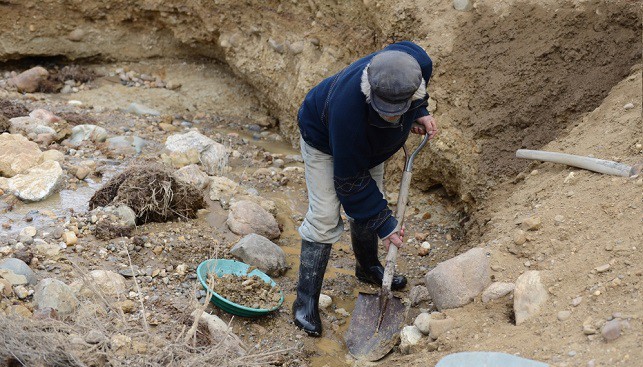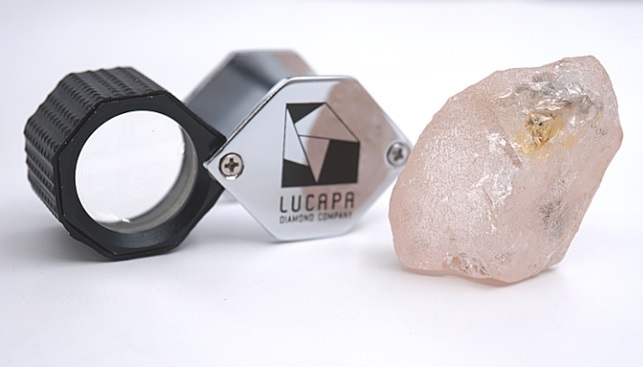A recent article by Ehud Laniado, titled Technology in the Diamond Industry: Exploration, delves into the ways in which technology impacts the diamond industry, particularly when it comes to mine exploration.
The most challenging stage in the diamond industry, Laniado explains, is mine exploration. The industry has used magnetic surveying for decades – utilizing the high density, high magnetic susceptibility, and high electrical conductivity in the rocks surrounding kimberlites to pinpoint the distinct electro-magnetic signature of kimberlites. However, this technique not only yields a lot of false-positives, but often fails to “spot a diamond deposit that had a slower journey to the surface”. What might change all this, Laniado explains, is high-frequency seismic reflection technology and ground penetrating radar.
While “seismic reflection was initially developed to help scientists better understand earthquakes”, the advancements in this method allow for “a much higher level of accuracy, on the scale of a hidden kimberlite”. Using more advanced methods of seismic reflection, high frequency seismic waves are transmitted through the ground. These travel at different speeds through different types of rock, “and have the ability to penetrate deep within the Earth’s surface, to depths below 100 km”. The data received can then be used to determine which rock types might more likely be kimberlite, thud directing ground geophysics and drilling teams.
The second technique explored in the article, ground penetrating radar, may be more limited than seismic reflection in penetrating deep under the ground, but enjoys a high degree of accuracy. “Radar finds small anomalous cracks and crevices in the host rock”, and although it currently identifies a crystal size of 2.5 cm – still too large to be practically useful in diamond exploration – Laniado claims that “it seems like only a matter of time before the technology can be refined to enough to become a promising new tool for our industry”.
Additionally, “International space agencies are providing a host of new satellite mapping technologies, which are available to mineral explorers” – from the Landsat thematic mapper to high-resolution panchromatic imaging technology (SPOT).
Despite advances in mapping tech, not much has been done to advance on-the-ground drilling in the past three decades. As everything comes down to drilling when exploring for diamonds, Laniado explains, progress must be made in that field to affect any significant change.
















